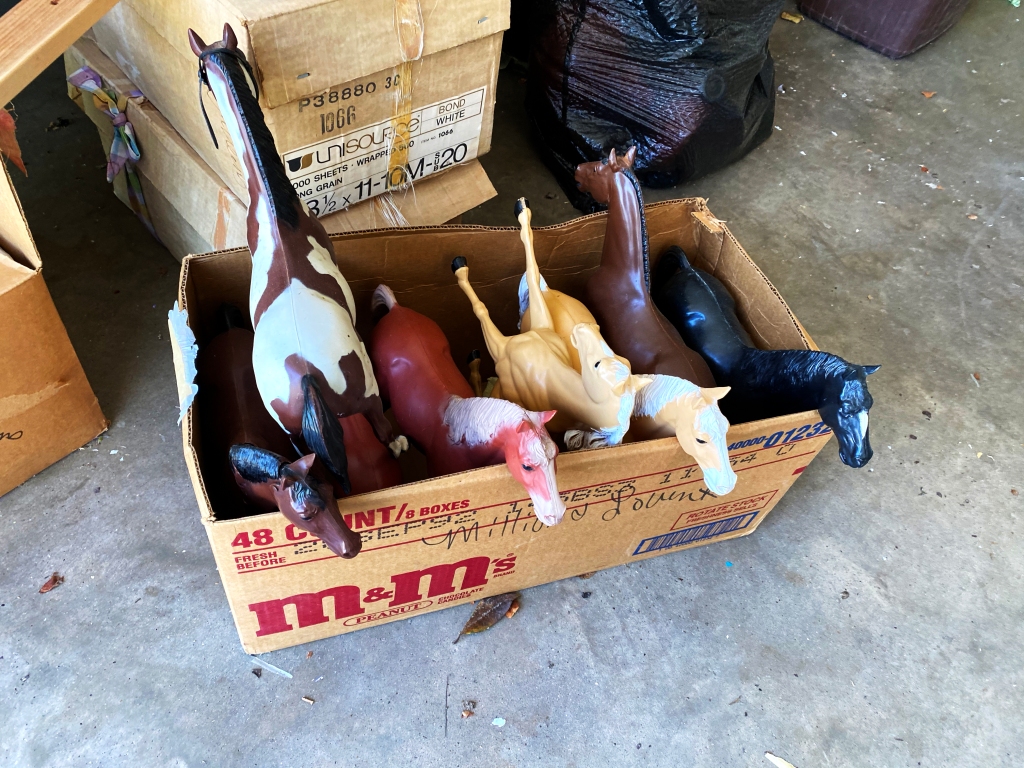
As soon as my extended family, husband and I were vaccinated and past the CDC recommended waiting period, we said goodbye to the cats and headed to East Texas for the weekend. The Pine Curtain Project didn’t start in quarantine, but definitely gained speed, depth and focus over the past year when I had more time (for better or worse.) So, it was exciting to finally get to go home, not only to hear stories directly from surviving elders, but also to collect more research items and photographs, and to walk around outside around community landmarks before it gets too hot to do so.
Researching online is great and very productive, but there is so much value in being able to learn things first hand. Our large and busy community has dwindled over the years as older people pass away and ancestral land changes over to new community members or is sold to the new businesses that have been encroaching over the past few years. (A new twist on an age-old song: “They paved the horse pasture, put up a port-o-pot lot.”)
I’m lucky to still have two surviving grandparents: one on each side of my family. My grandfather is 86, and my grandmother is 91. They live within a mile or so of each other and my parents, so a lot of their stories overlap. They’re at various levels of mobility, but they are both very interested in family and community history in their own way. So, I was able to spend an hour or so with my grandmother going over her stash of collected family stories, notes and photos, then an afternoon riding around with my grandfather and walking around family cemeteries.
Both outings filled in some blanks for me, and helped me visualize the places I learn about. In many cases, I was able to add names, context, and detail to the stories I have heard over the years.
Over the weekend, a few people asked why I was interested in this history: why now, and what were my plans for it? Those are valid questions. I have always loved my family and community, but I couldn’t wait to leave it when I was 18, and like most young adults, I didn’t always fully appreciate it. I knew from my fashion magazines that big cities had the good shopping and at the time, Lufkin was no place for someone who desired exotic items like boot cut pants. (I can still hear my confused mother asking, “…like Poppa’s Wranglers?” No mom. Like Poppa’s Wrangler’s but way more expensive. Gah.)
Anyway, like any other place, it contains strengths and challenges, and it took a little while for those to balance out for me. But, better late than never, right? And, a real personal benefit of the project is that it has been a great opportunity to form stronger relationships with my family. We may not agree on everything, but we can all agree that some late-great ancestor sounded “crazier’n an outhouse rat,” haha.
I don’t have kids and at nearly 45, that ship has sailed. I am an only child, as well. In many ways, I see this project as a way for me to not only better understand some of the family, community and cultural dynamics that make me who I am, but also to leave a record so that it doesn’t disappear with me.
As I have mentioned before, the Pine Curtain Project is loosely themed around the idea of Ghost Towns and Ghost Stories: what happens in a place and what remains, and to the degree that anyone can know – why.
I have been gathering information over the past few months, and have made decent progress on documentation around the larger ideas on my roadmap for this year.
Images, names and dates are starting to turn into timelines and rough biographies. Over time, these will evolve into narratives. Maybe the project will remain a series of smaller stories, or merge into one big one; I don’t know the answer to that yet, or what form any of it might take beyond my visual art and this blog.
Anyway, I have a new stack of things to parse through this week, and plan to post more art and Curated Histories starting next week. In the meantime, enjoy these images that show just a few of the nearly pristine vintage treasures my cousin found cleaning out her late parents’ house this weekend. I didn’t come home with much of it, but the Barbie trunks are going to hold art supplies now. I REALLY want that Atari but their grandchild gets first refusal. As is appropriate for such a prized heirloom.



